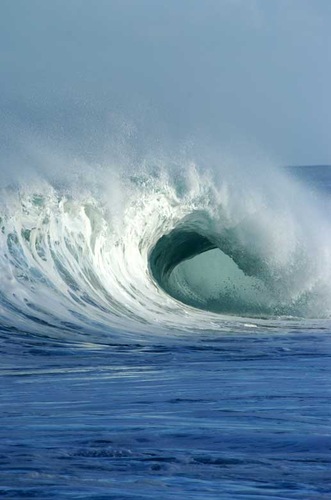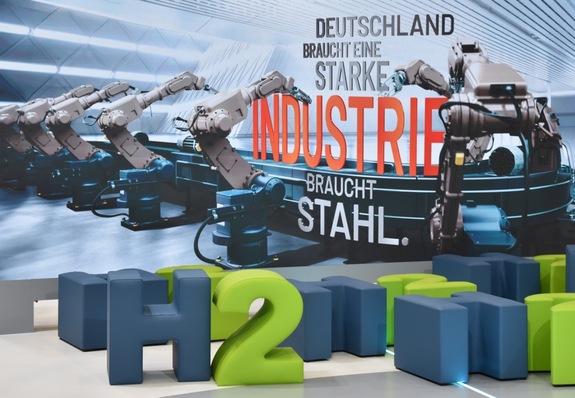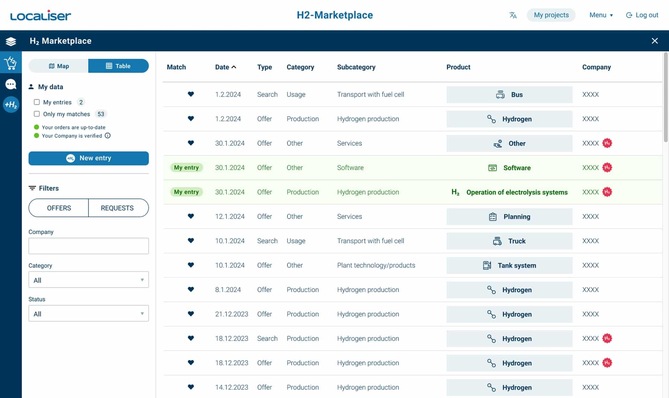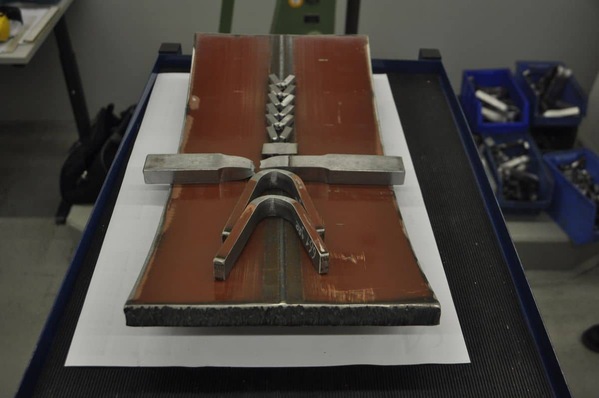
This was the calculation of the DVGW (Deutscher Verein des Gas- und Wasserfaches), the German association for gas and water standards, in the study “Klimaschutz und Resilienz” (climate protection and climate resilience) from April 2021. According to it, the use of electrolyzers with comparatively low input of water is feasible. Electrolyzers also perform favorably in comparison to coal-fired power plants. For example, the water demand of the energy industry today, which is primarily coal-fired, is more than 50 percent of the total water withdrawal of Germany for the year 2020, according to data from the federal environmental agency UBA (Umweltbundesamt).
With regard to the future energy supply, DVGW spokesman Lars Wagner said, “We assume that there will be a gap of around 70 TWh in Germany in the future, which can be filled with power-to-gas.” Generation of the corresponding amount of H2 would require a total of about 19 million cubic meters (205 million cubic feet) of water per year for Germany. Based on the approximately 24 billion cubic meters (258 billion cubic feet) consumed by all users in this country in 2016, this is a nearly negligible percentage, calculates Wagner. Thousandths of a percent.
In principle no water shortage
The German trade association for energy and water industries BDEW (Bundesverband der Energie- und Wasserwirtschaft), which deals in both these topics, also does not recognize any deficit. Germany is a land rich in water, the opinion is. “In principle, there is no danger of water shortage from the increased production of hydrogen,” expressed a spokeswoman in response to H2-international’s inquiry. However, it is important to plan ahead. For example, the majority of German electrolyzers should not be concentrated in any one region.
“Due to regional differences in the availability of water, when planning electrolyzers, similarly to the construction of industrial plants, care should be taken that enough water is available in the region,” the spokeswoman said. Otherwise, water could become scarce at certain locations and certain times during dry periods in the summer, as the agricultural sector and households would also demand more drinking water. An example is the result of Tesla e-car production activities in Brandenburg.
Author: Niels H. Petersen








